Taiwan Stock Tape Reading Periodically Using Web Scraping Technology with GUI
Abstract
:1. Introduction
2. Related Work
3. Proposed Method
| Algorithm 1 Thread Stock Web Scraping |
| Input: stock attribute that want to query company |
| Output: stock price sequence with regular time interval frequency |
| def switch (): |
| global flag |
| flag = Truestart () |
| def start (): |
| def run (): |
| while (flag == True) |
| stock company, stock price and so on variable link into stock service website. |
| While (flag == True) |
| record the stock price, stock trend, stock company, regular date time, and append them into stock sequence data frame. |
| time sleep (update interval time) |
| if (flag == False) |
| stop stock scraping and generate to stock sequence excel. |
| create thread target == run () |
| thread execute |
| def stop (): |
| global flag |
| flag = False |
| start button command = switch () |
| stop button command = stop () |
4. Experimental Results
5. Discussion
6. Conclusions
Author Contributions
Funding
Data Availability Statement
Acknowledgments
Conflicts of Interest
References
- Tiwari, S.; Bharadwaj, A.; Gupta, S. Stock price prediction using data analytics. In Proceedings of the International Conference on Advances in Computing, Communication and Control, Mumbai, India, 1–2 December 2017. [Google Scholar]
- Zhao, X.; Yang, J.; Zhao, L.; Li, Q. The impact of news on stock market: Quantifying the content of internet-based financial news. In Proceedings of the 11th International DSI and the 16th APDSI Joint Conference, Taipei, Taiwan, 12–16 July 2011. [Google Scholar]
- Goel, S.; Bansal, M.; Srivastava, A.; Arona, N. Web crawling-based search engine using Python. In Proceedings of the 2019 3rd International Conference on Electronics Communication and Aerospace Technology, Coimbatore, India, 12–14 June 2019. [Google Scholar]
- Ridwang; Ilham, A.; Nurtanio, I.; Syafaruddin. Image search optimization with web scraping, text processing and cosine similarity algorithms. In Proceedings of the IEEE International Conference on Communication, Networks and Satellite (Comnetsat), Batum, Indonesia, 17–18 December 2020. [Google Scholar]
- Nekrasov, H.; Polivoda, D.; Prokofeva, E. The geospatial data mining concept using scrapping technology. In Proceedings of the Moscow Workshop on Electronic and Networking Technologies, Moscow, Russia, 11–13 March 2020. [Google Scholar]
- Mbah, R.; Rege, M.; Misra, B. Discovering job market trends with text analytics. In Proceedings of the International Conference on Information Technology, Bhubaneswar, India, 21–23 December 2017. [Google Scholar]
- Vela, B.; Cavero, J.; Caceres, P.; Cuesta, C. A Semi-Automatic Data–Scraping Method for the Public Transport Domain. IEEE Access 2019, 7, 105627–105637. [Google Scholar] [CrossRef]
- Murali, R. An intelligent web spider for online e-commerce data extraction. In Proceedings of the International Conference on Green Computing and Internet of Things, Bangalore, India, 16–18 August 2018. [Google Scholar]
- Diouf, R.; Sarr, E.; Shall, O.; Birregah, B.; Bousso, M.; Mbaye, S. Web scraping: State-of-the-Art and areas of application. In Proceedings of the International Conference on Big Data, Los Angeles, CA, USA, 9–12 December 2019. [Google Scholar]
- Singrodia, V.; Mitra, A.; Paul, S. A review on web scrapping and its applications. In Proceedings of the International Conference on Computer Communication and Informatics, Coimbatore, India, 23–25 January 2019. [Google Scholar]
- Uzun, E. A Novel Web Scraping Approach Using the Additional Information Obtained from Web Pages. IEEE Access 2020, 8, 61726–61740. [Google Scholar] [CrossRef]
- Mishra, D.; Pujari, N.; Paul, S. Cross-domain query answering: Using Web scrapper and data integration. In Proceedings of the International Conference on Computer and Communication Technology, Allahabad, India, 15–17 September 2011. [Google Scholar]
- Kanade, V.; Devikar, B.; Phadatare, S.; Munda, P.; Sonone, S. Stock Market Prediction: Using Historical Data Analysis. Int. J. Adv. Res. Comput. Sci. Softw. Eng. 2017, 7, 267–270. [Google Scholar] [CrossRef]
- Zheng, C.; He, G.; Peng, Z. A Study of Web Information Extraction Technology Based on Beautiful Soup. J. Comput. 2015, 10, 381–387. [Google Scholar] [CrossRef]
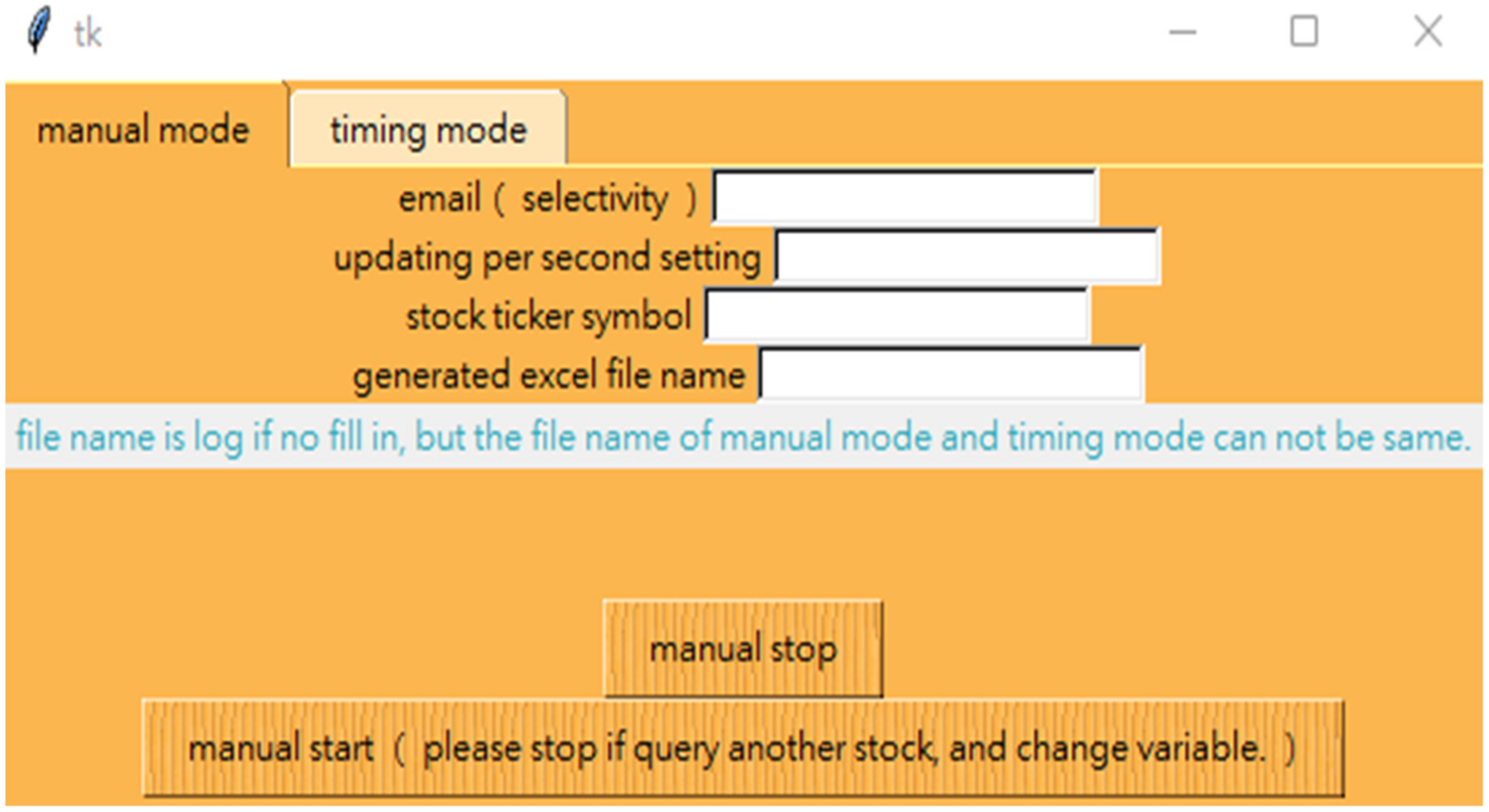
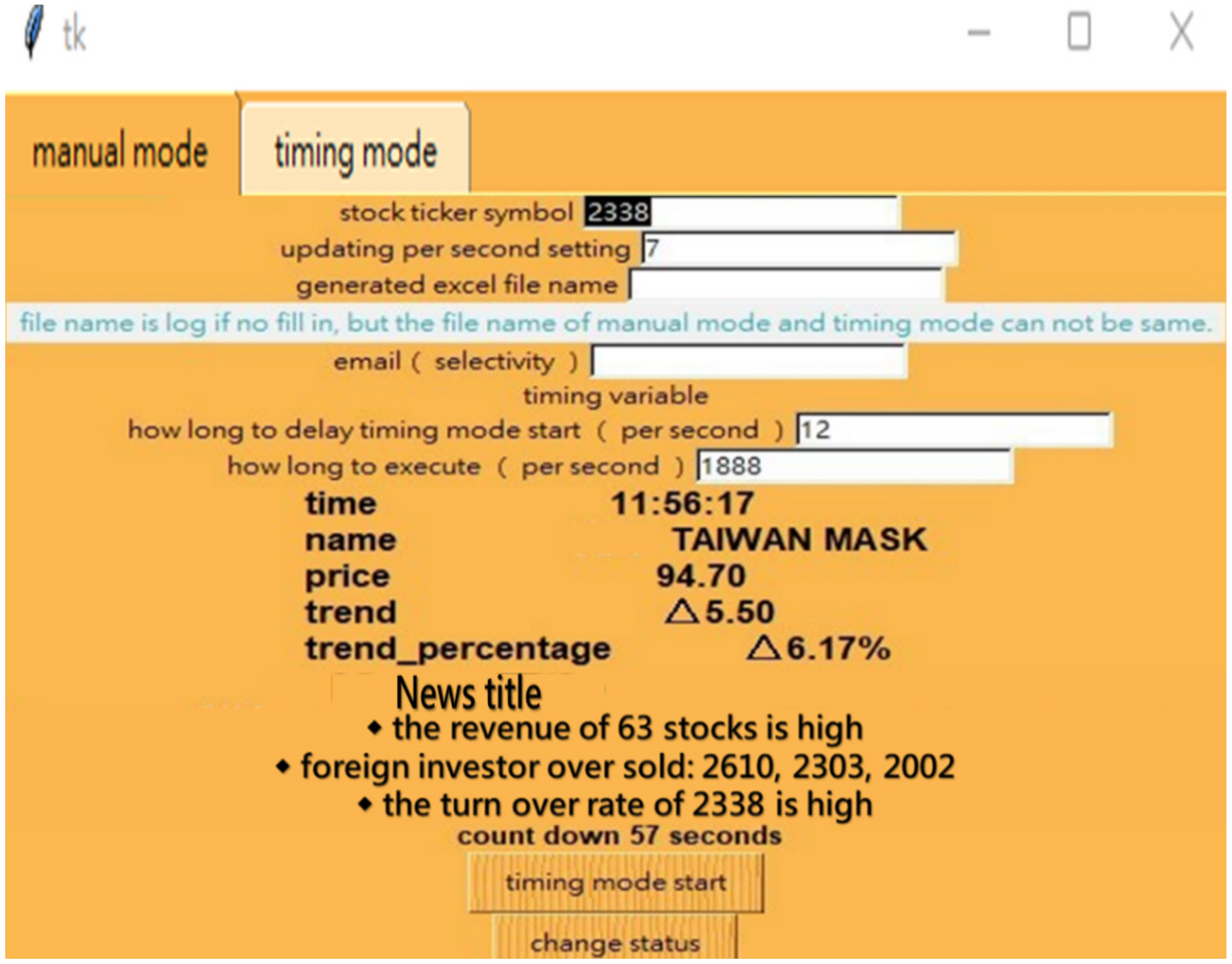
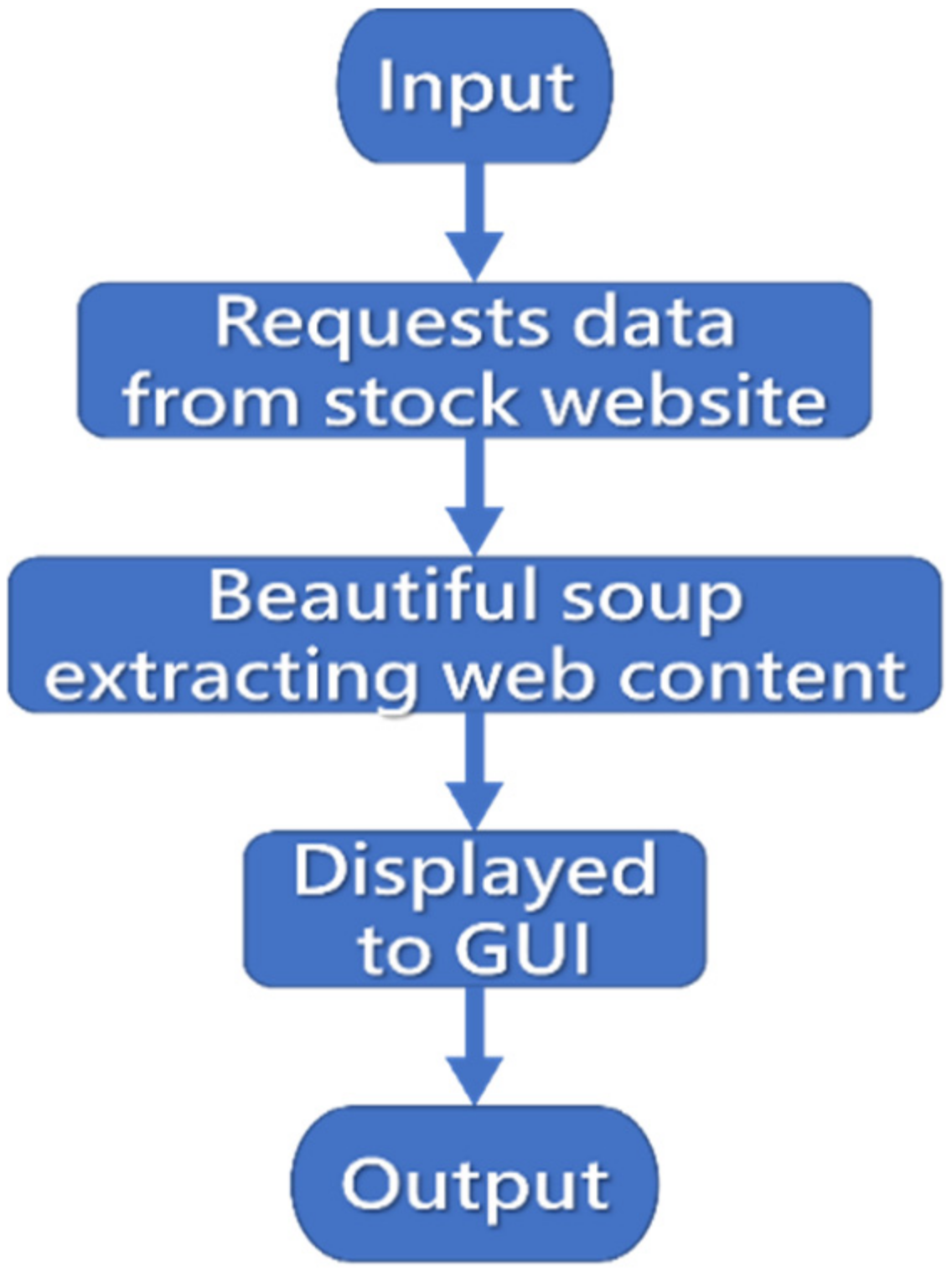
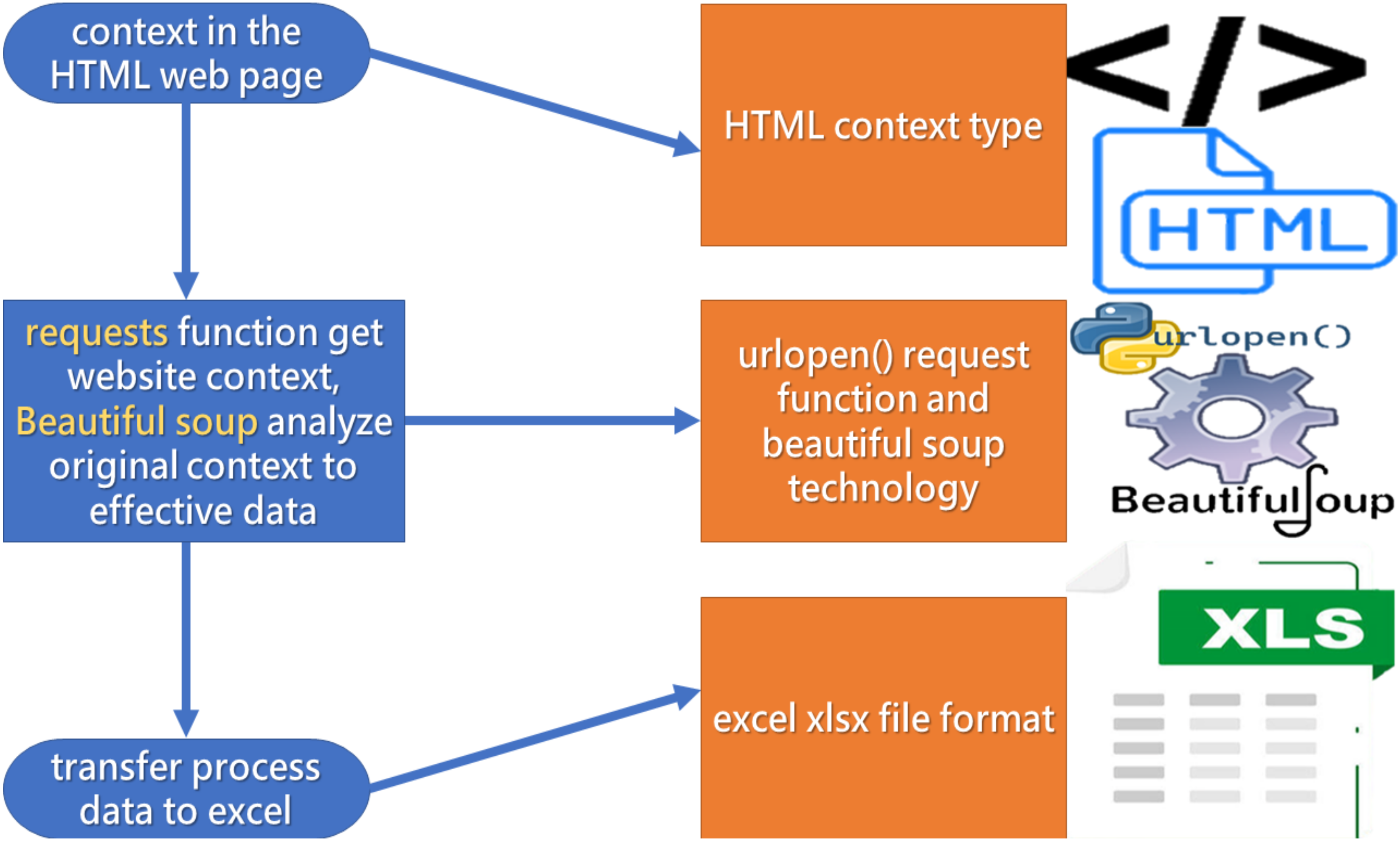
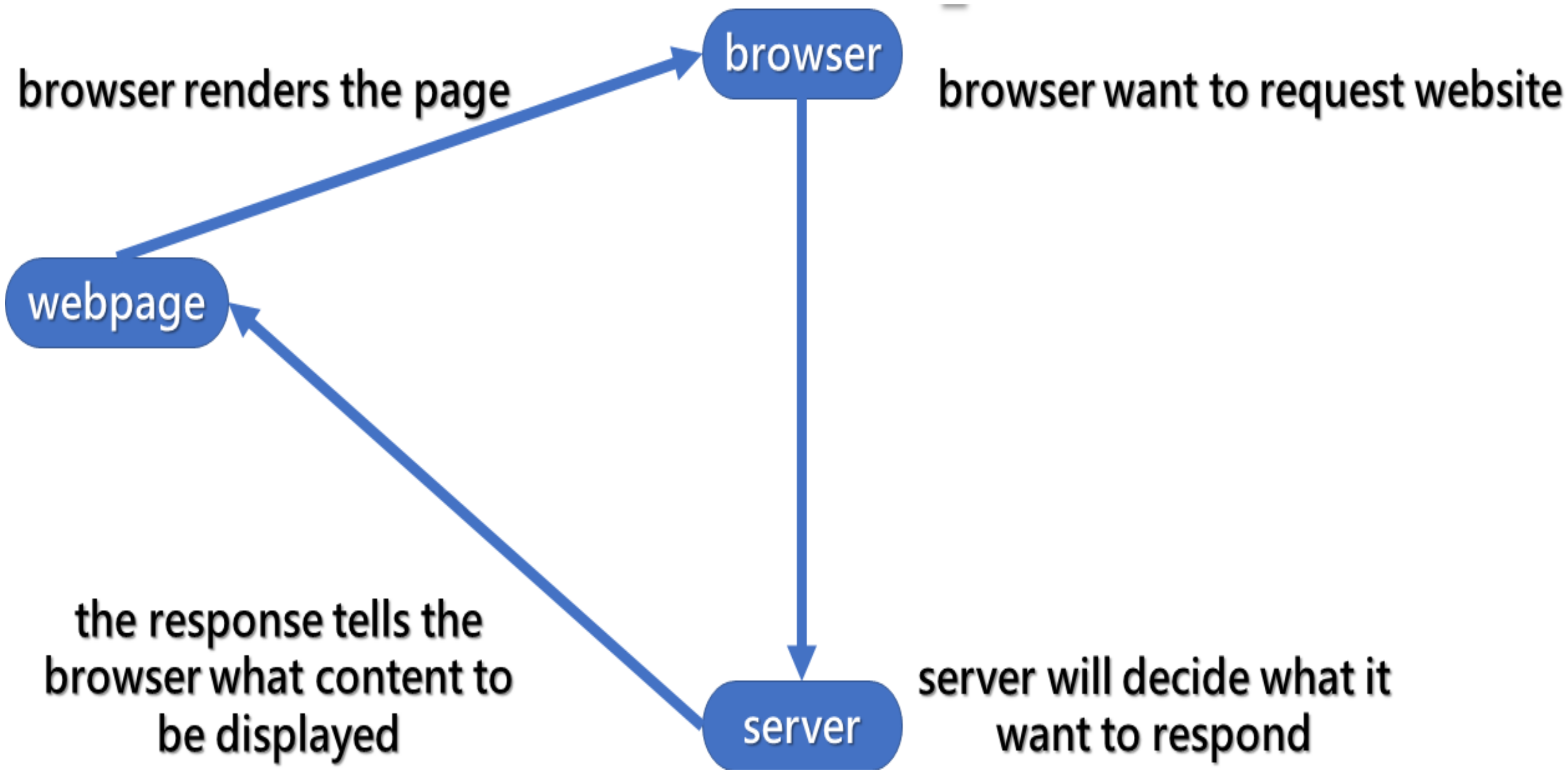
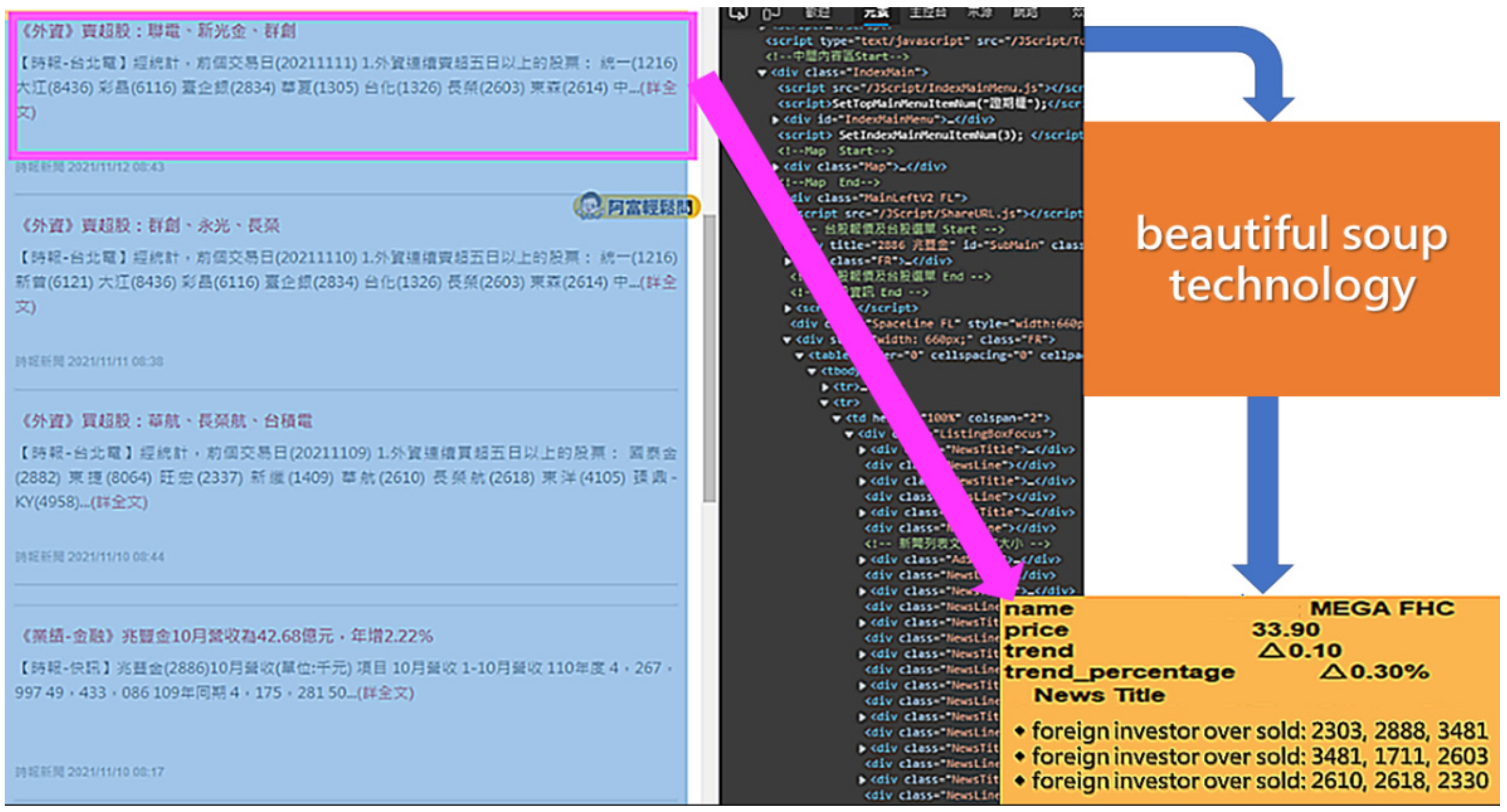
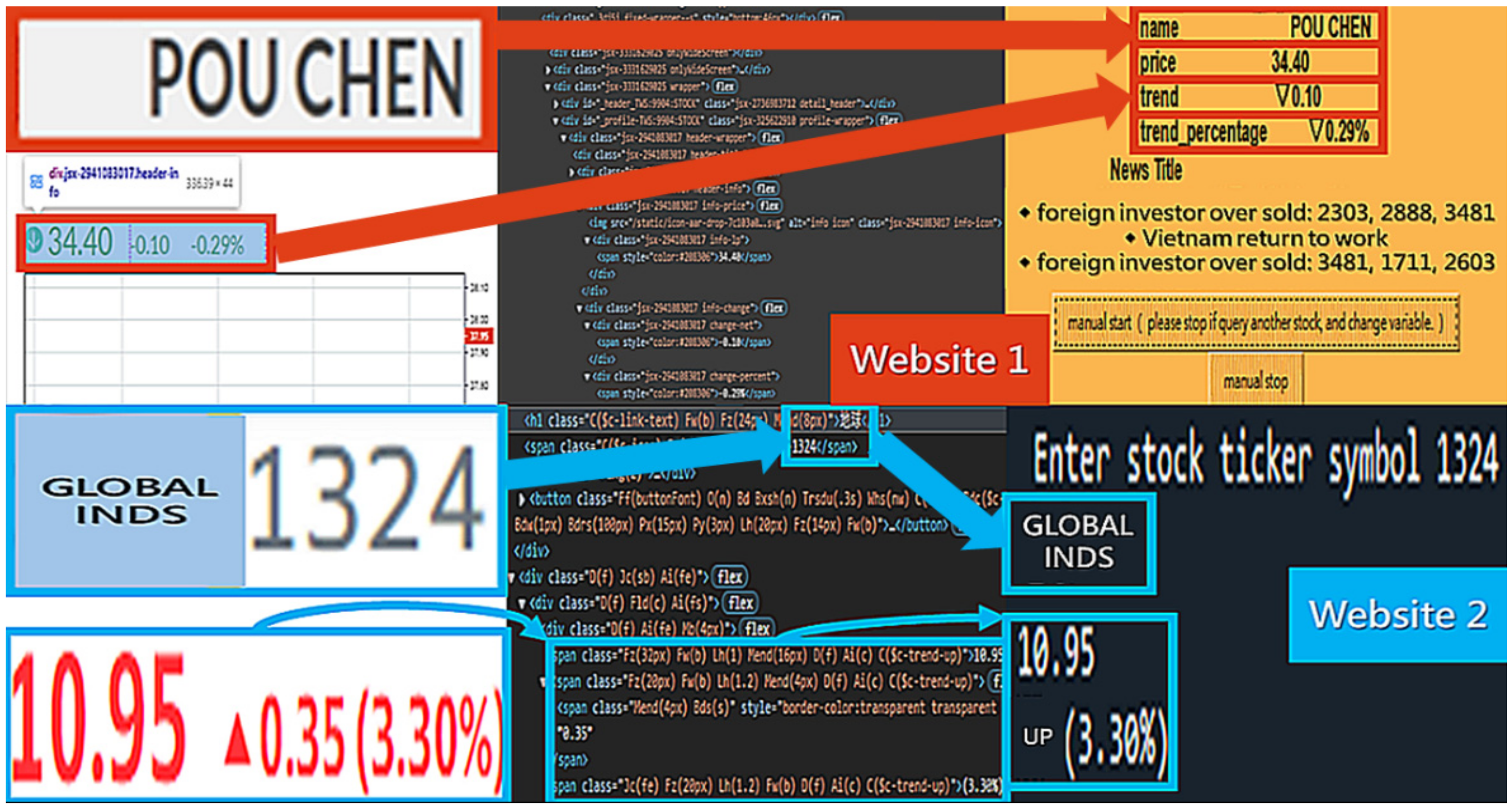
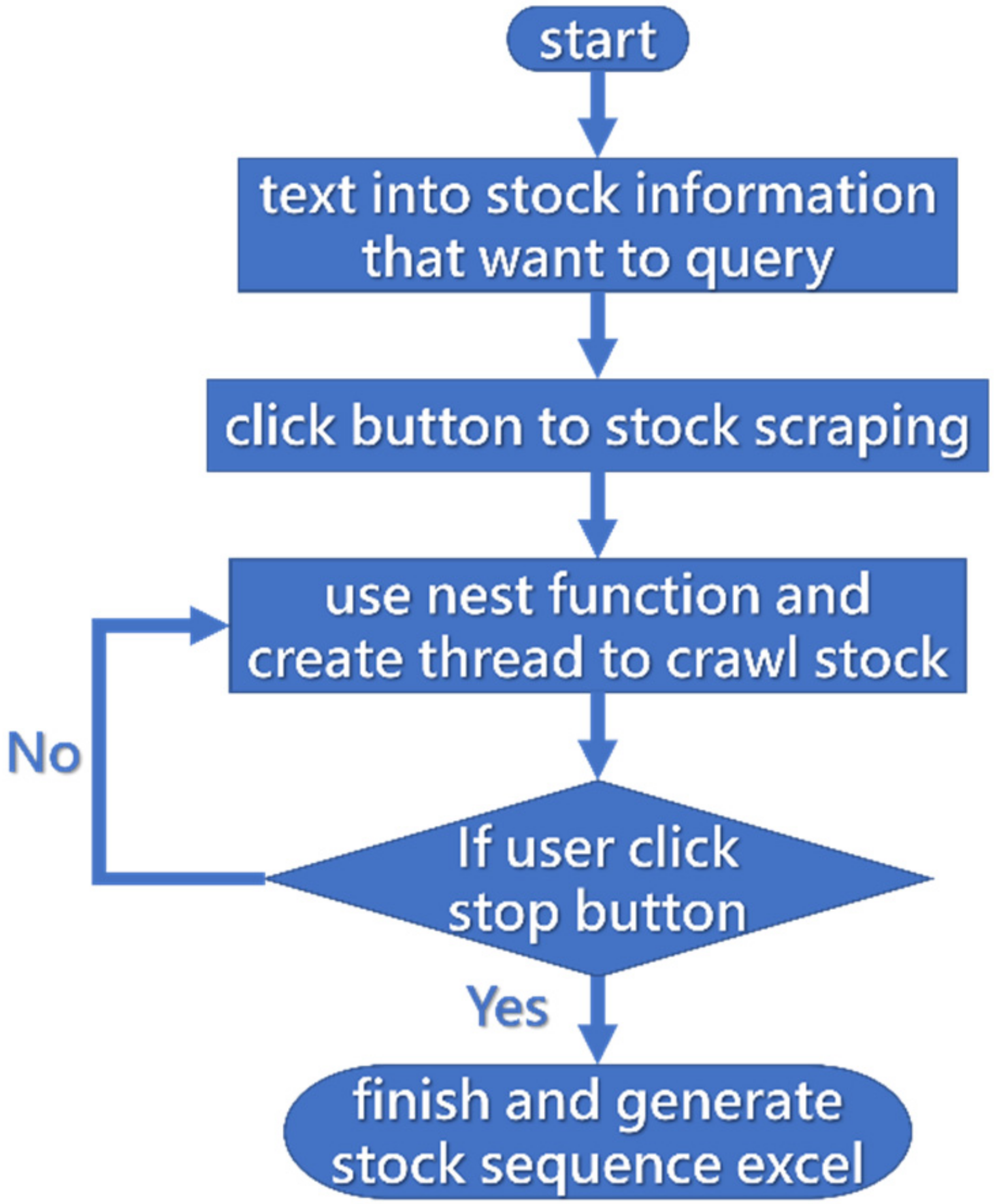
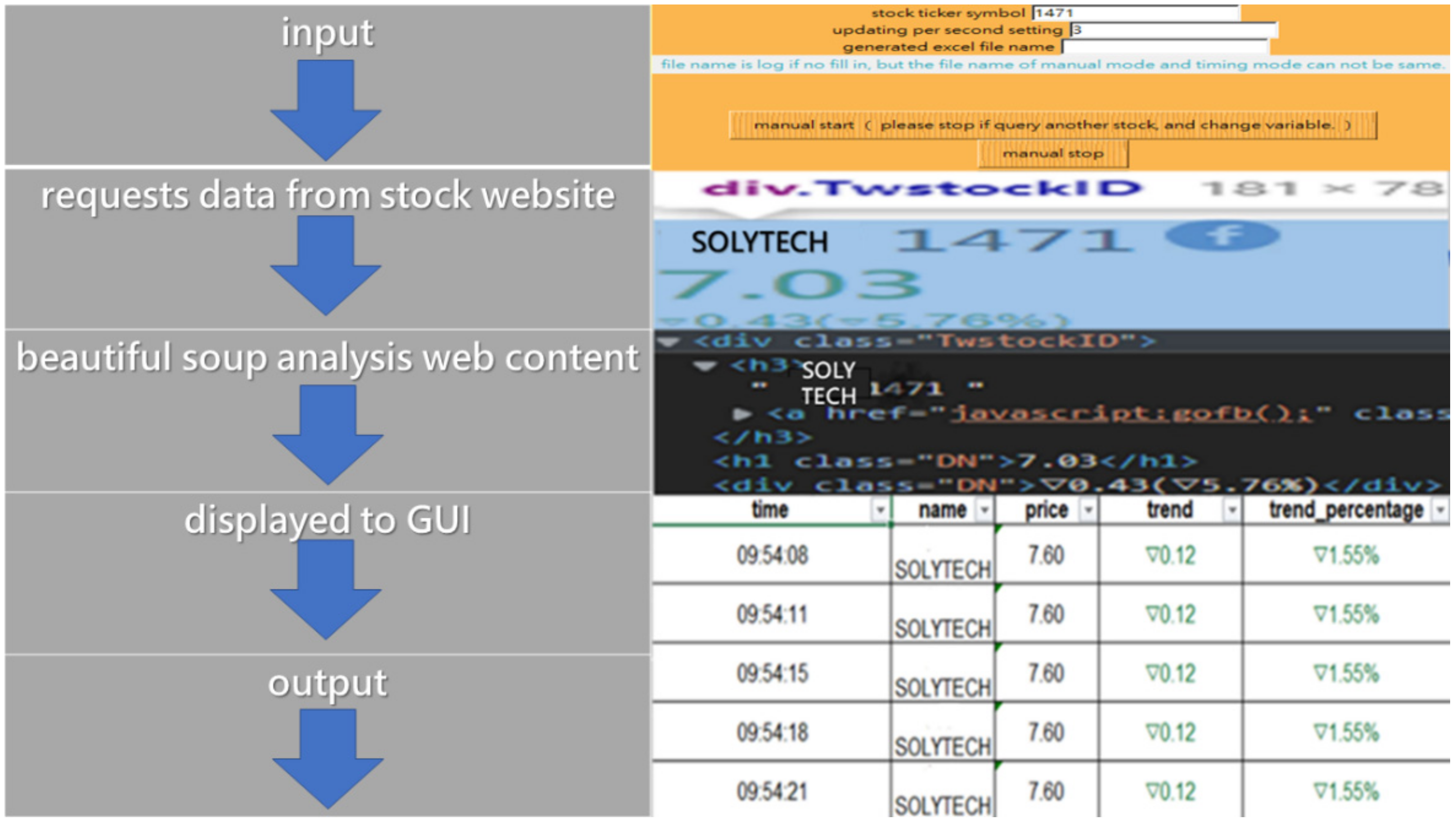
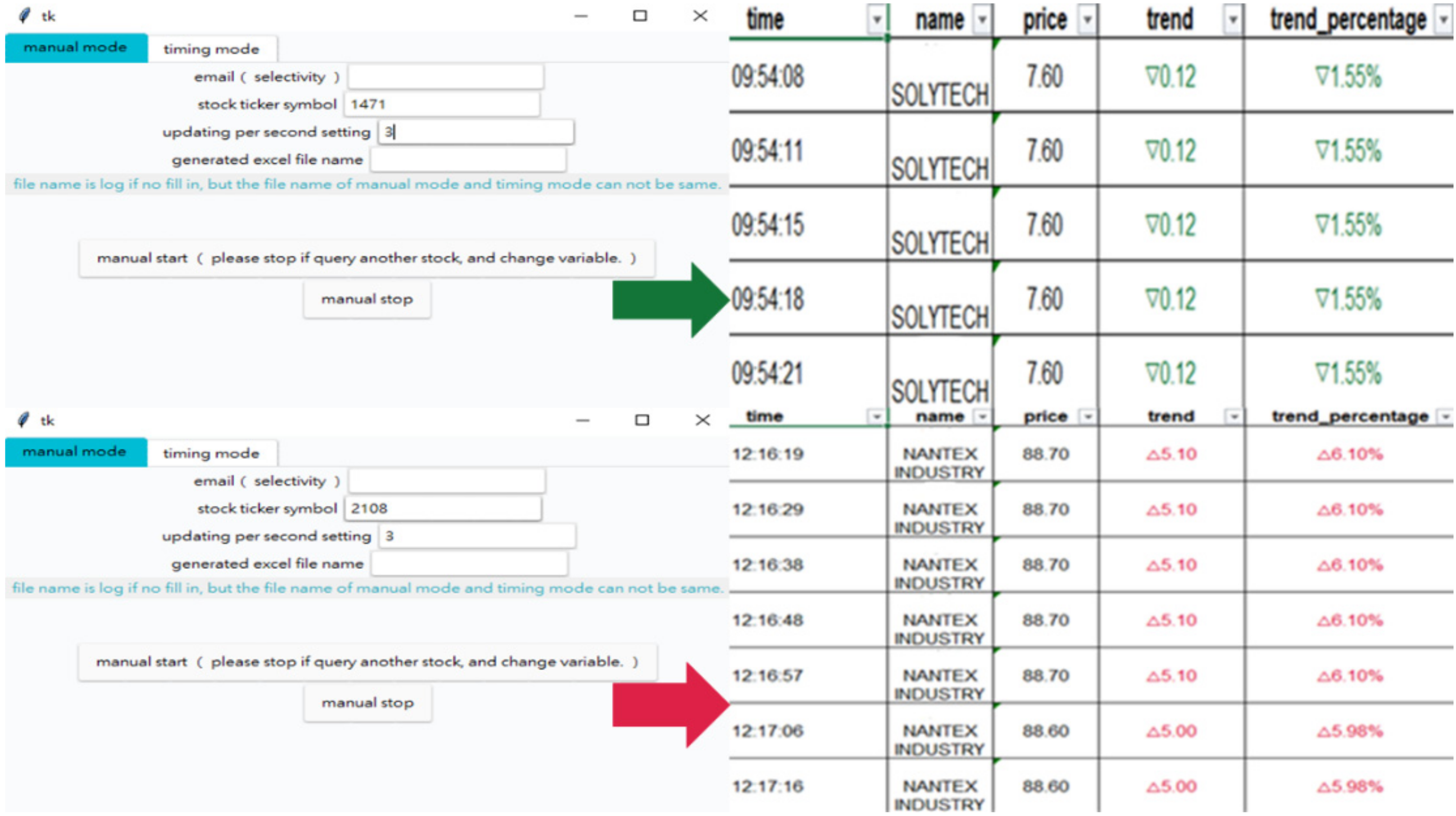
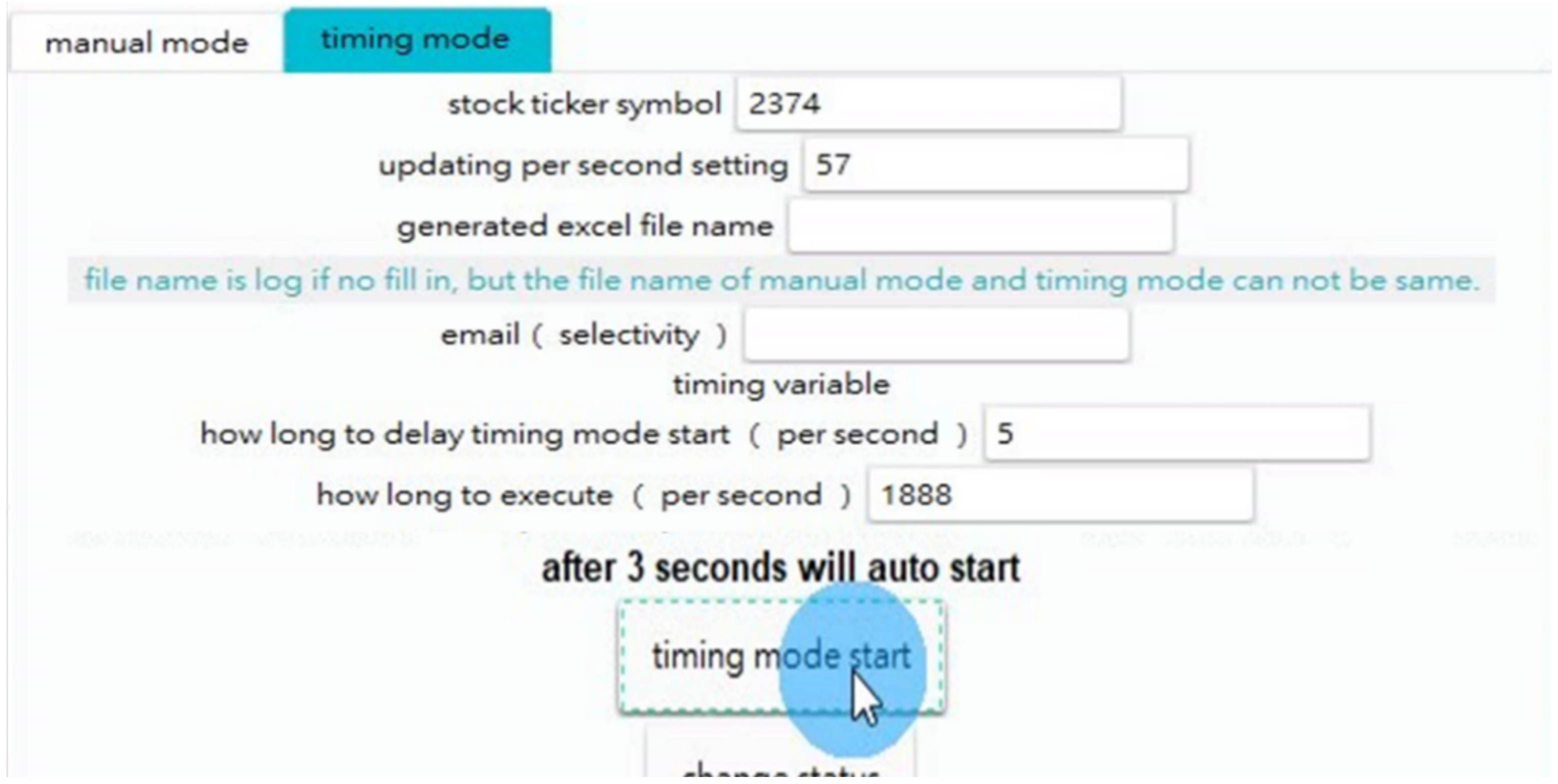
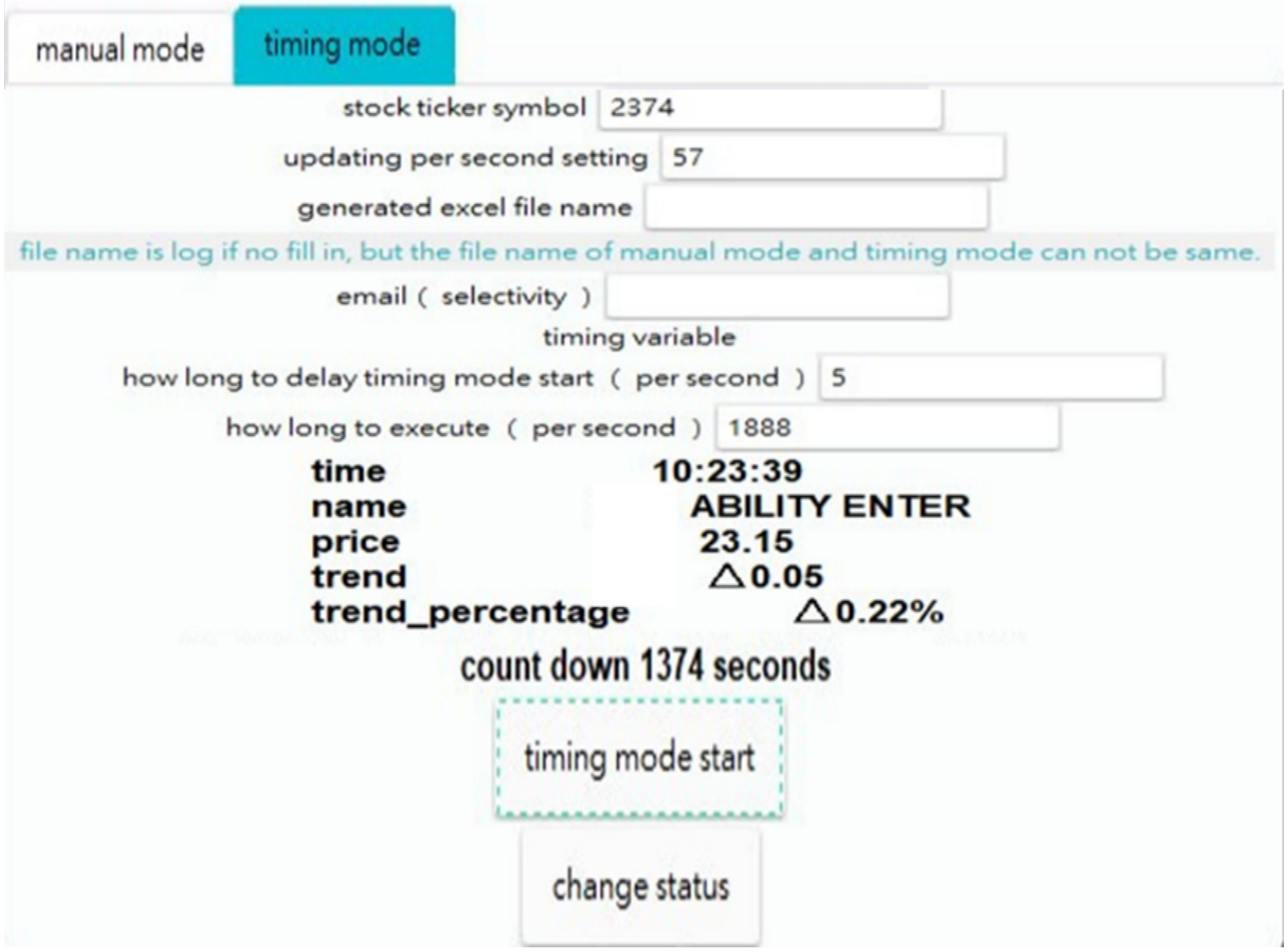
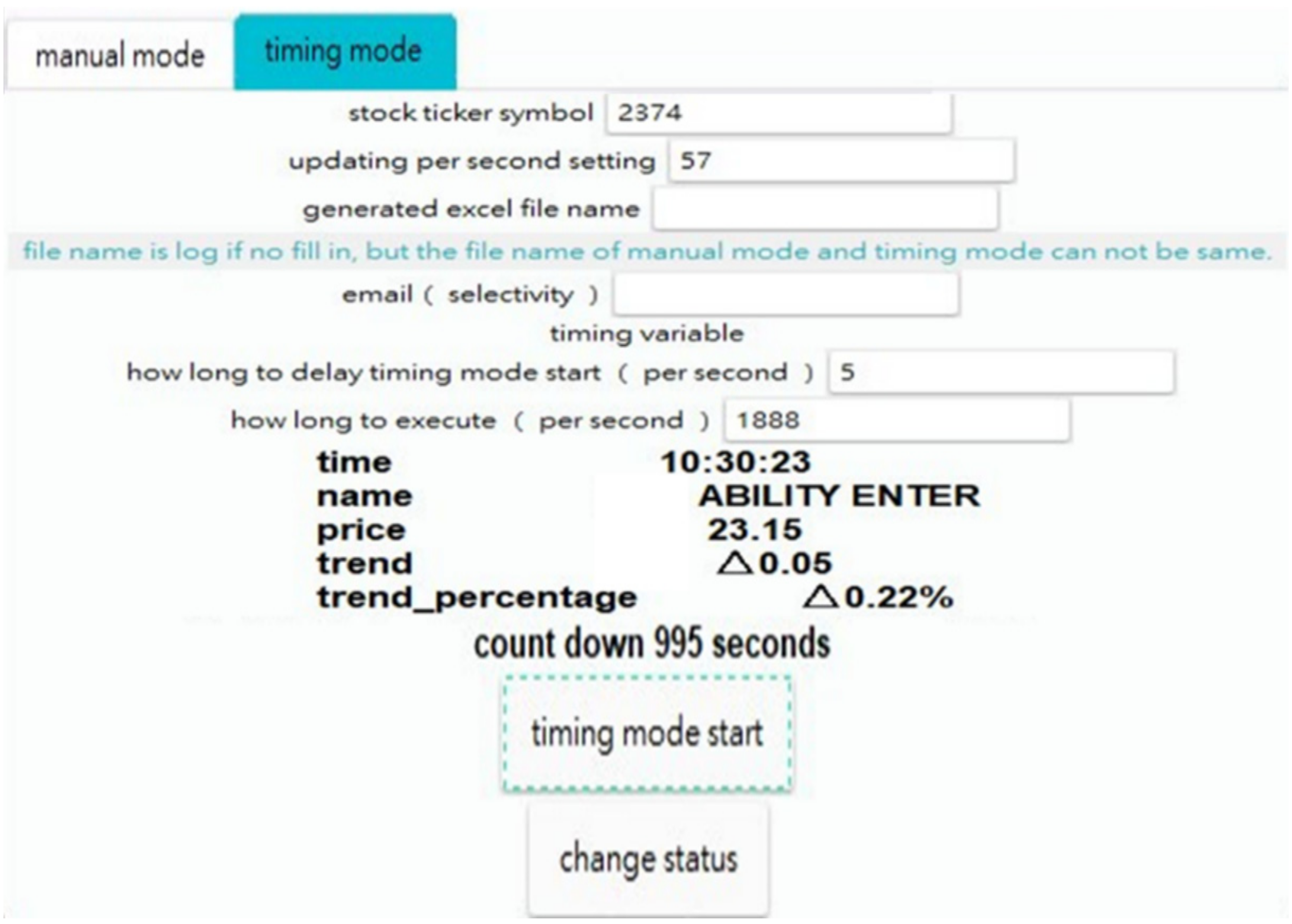
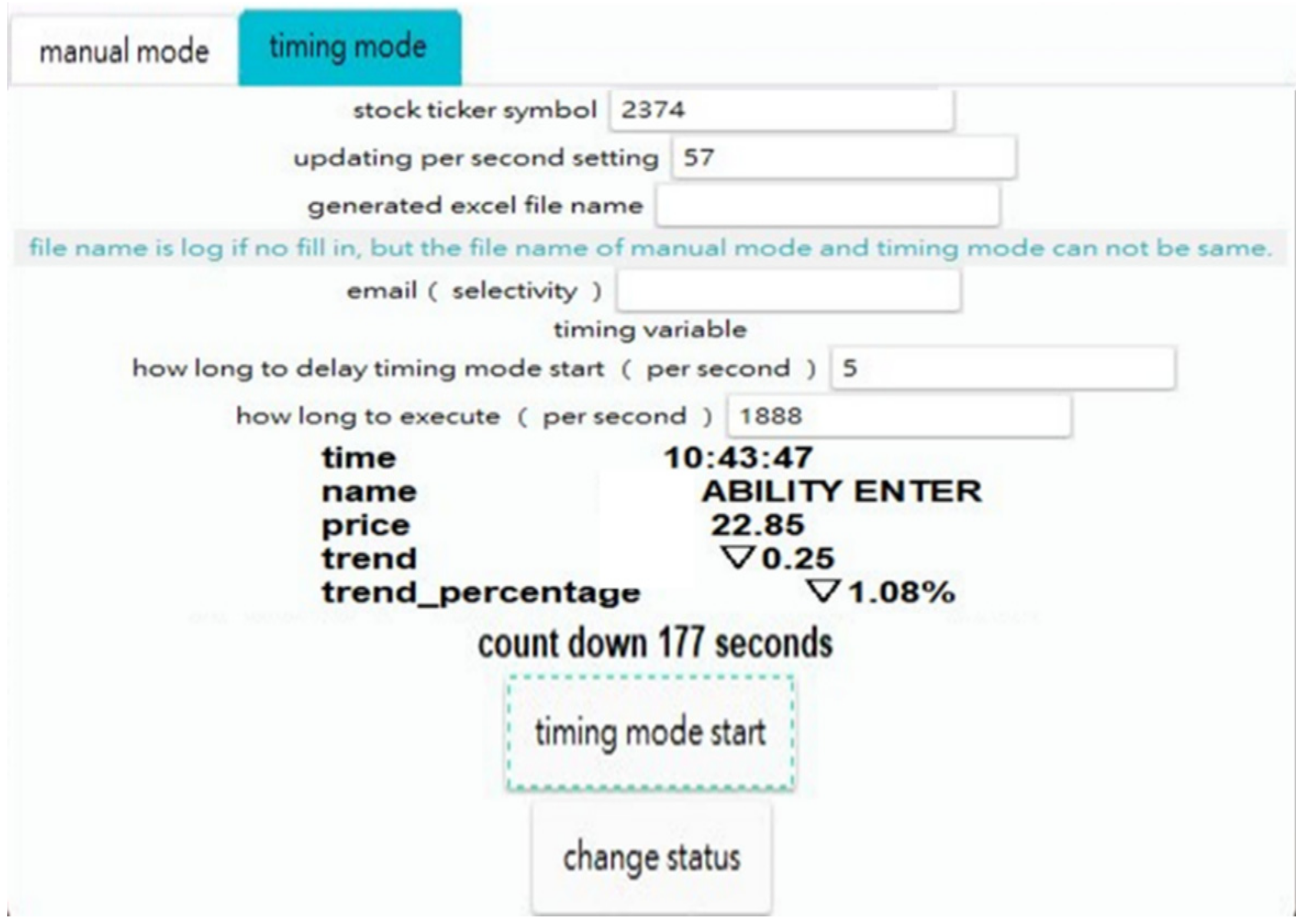
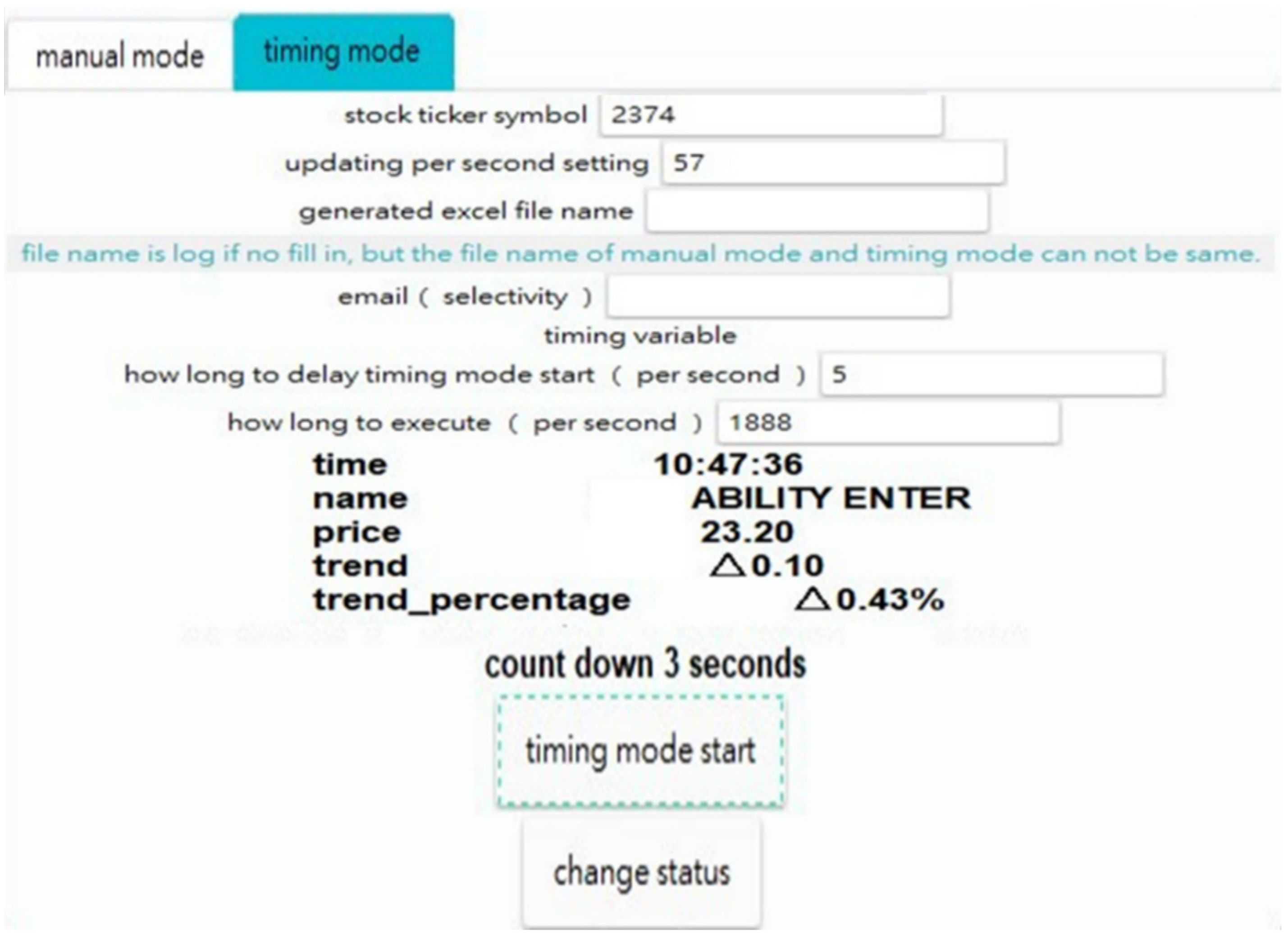
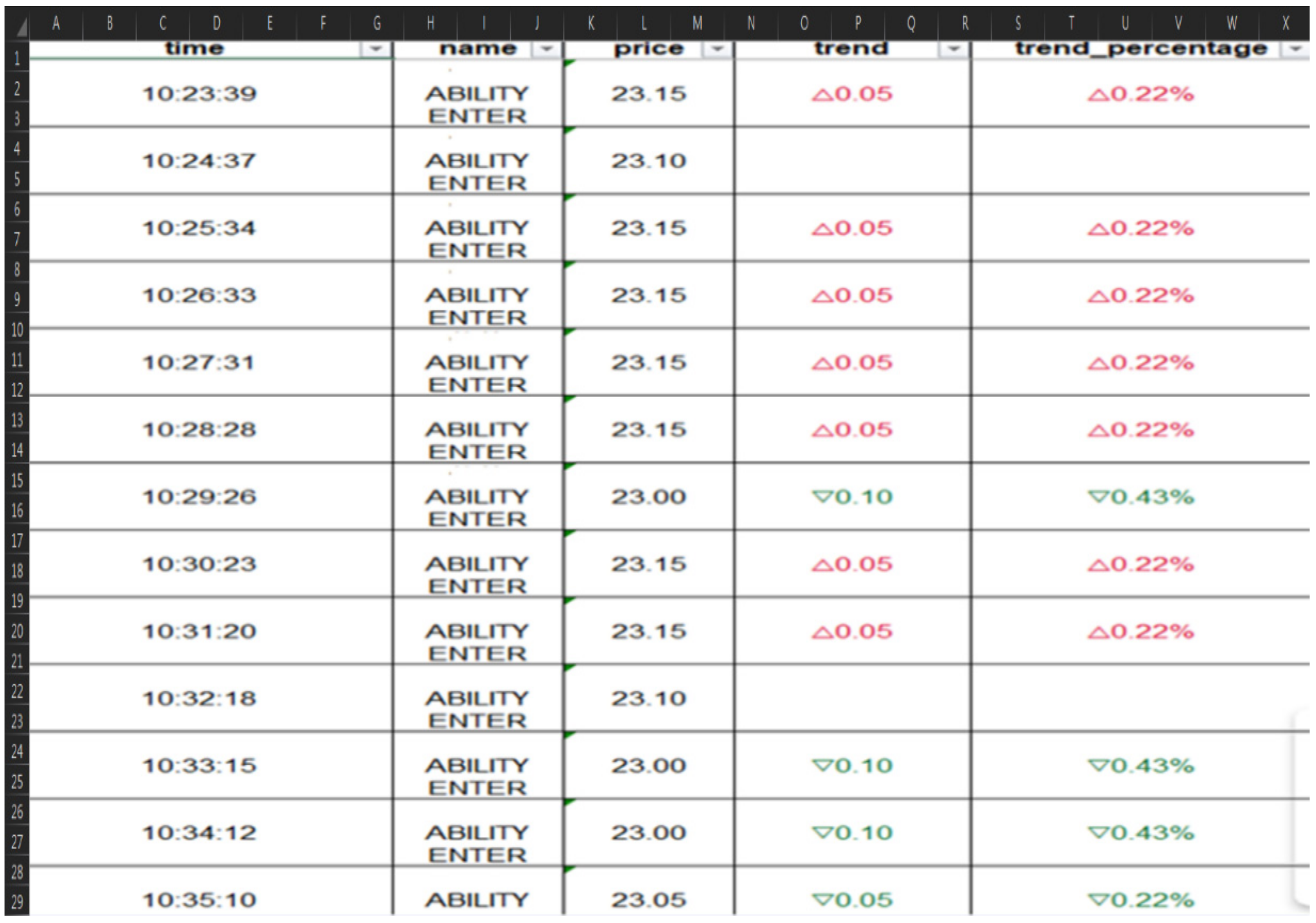
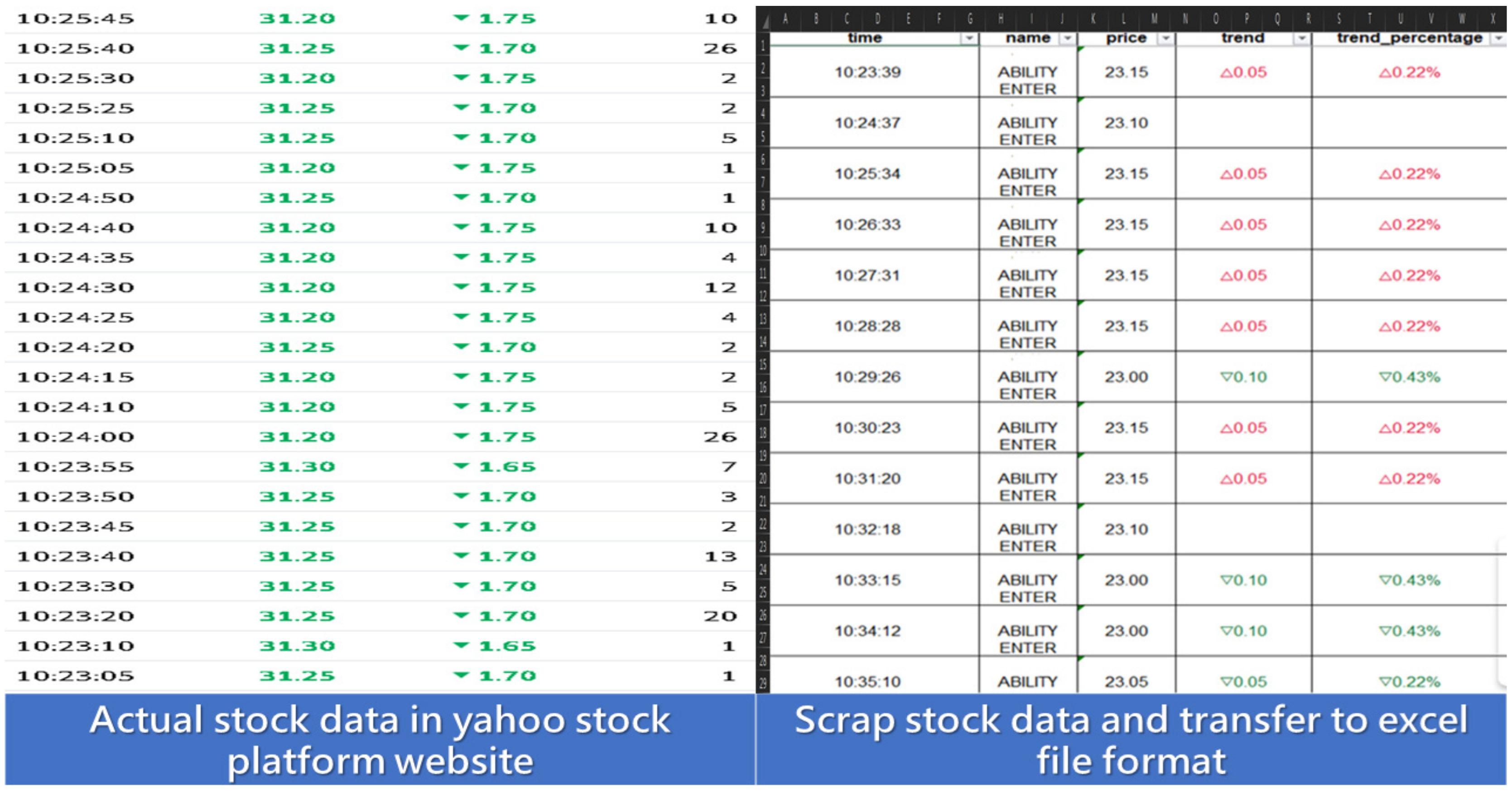
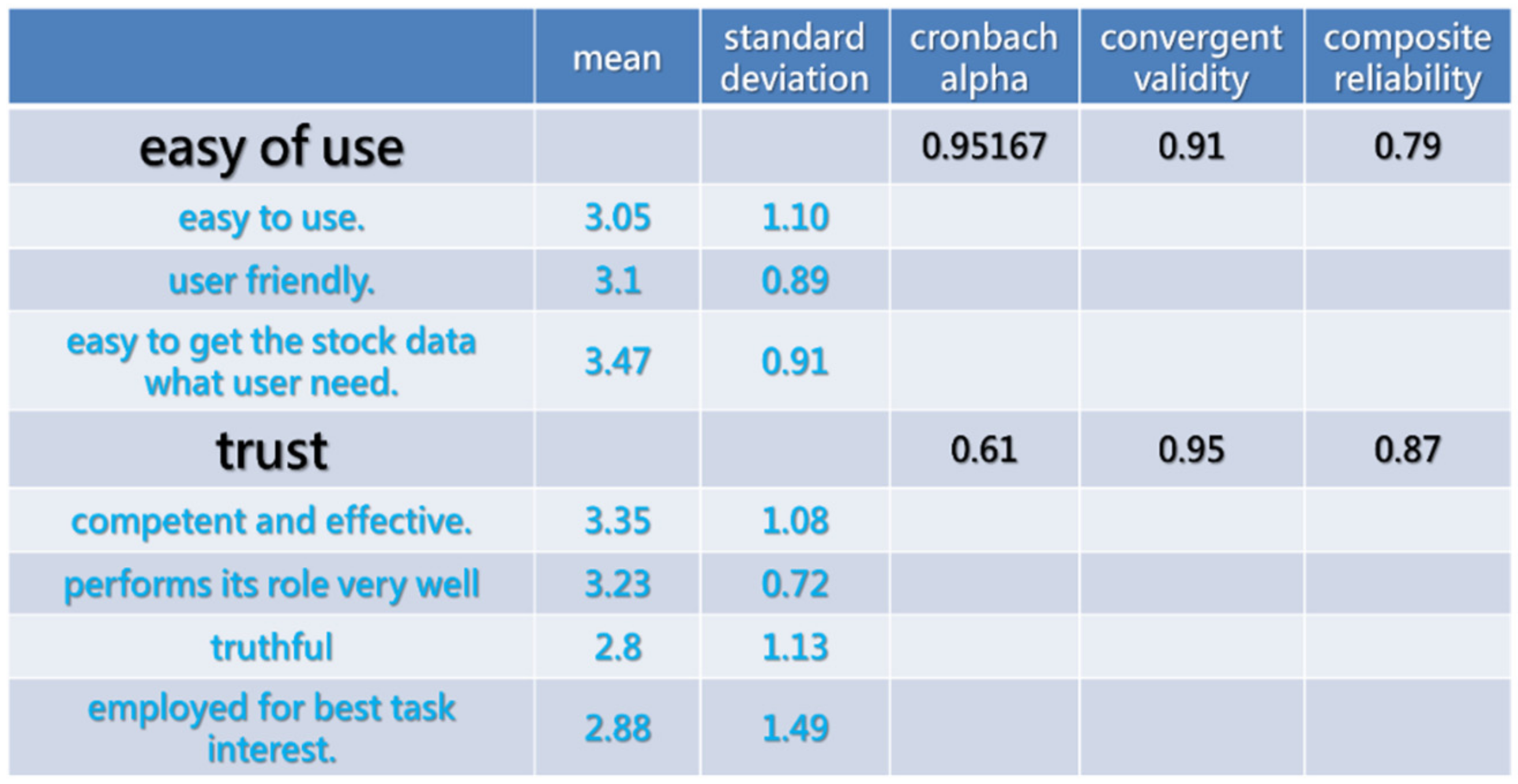
| No. | Authors | Application of Web Scraping or Purpose |
|---|---|---|
| 1 | Goel et al. [3] | Colleges and courses |
| 2 | Nurtanio et al. [4] | Image on the Bing search engine |
| 3 | Nekrasov et al. [5] | Geospatial map |
| 4 | Rege et al. [6] | Job market trend |
| 5 | Vela et al. [7] | Public transport |
| 6 | Ranjani Murali [8] | Product price on commerce website |
| 7 | Tiwari et al. [1] | Stock price and prediction |
| 8 | Zhao et al. [2] | Stock news and stock price |
| 9 | Kanade et al. [13] | Twitter sentiment and stock information |
| 10 | Diouf et al. [9] | Reviewable trying many tools to scrape many website |
| 11 | Singrodia et al. [10] | Concept introduction from easy to hard |
| 12 | E. Uzun [11] | Using document object model tree concept to scrape |
| 13 | Pujari et al. [12] | Applying XAMPP to scrape |
| No. | Authors | Application of Web Scraping or Purpose |
|---|---|---|
| 1 | Proposed method | Stock price, news, trend GUI |
| 2 | Tiwari et al. [1] | Stock price and predict |
| 3 | Zhao et al. [2] | Stock news and stock price |
| 4 | Kanade et al. [13] | Twitter sentiment and stock information |
| No. | Application | Technology of Web Scraping or Purpose |
|---|---|---|
| 1 | Proposed method | Thread algorithm |
| 2 | Anue | ASP, AJAX |
| 3 | Yahoo | Real time—gets the stock price from physical exchange |
| Stock Ticker Symbol | Maximum Sampling Period | Stock Price Update Gap Time | Stock Price Change | Start Query Time | Response Time |
|---|---|---|---|---|---|
| 3707 Episil | 1884 s | 7 s | 6 | 0.9 s | 0.7 s |
| 3017 AVC | 1883 s | 9 s | 10 | 1.2 s | 0.9 s |
| 2374 Ability enter | 1374 s | 7 s | 6 | 0.5 s | 0.7 s |
Publisher’s Note: MDPI stays neutral with regard to jurisdictional claims in published maps and institutional affiliations. |
© 2022 by the authors. Licensee MDPI, Basel, Switzerland. This article is an open access article distributed under the terms and conditions of the Creative Commons Attribution (CC BY) license (https://creativecommons.org/licenses/by/4.0/).
Share and Cite
Lin, C.-F.; Yang, S.-C. Taiwan Stock Tape Reading Periodically Using Web Scraping Technology with GUI. Appl. Syst. Innov. 2022, 5, 28. https://doi.org/10.3390/asi5010028
Lin C-F, Yang S-C. Taiwan Stock Tape Reading Periodically Using Web Scraping Technology with GUI. Applied System Innovation. 2022; 5(1):28. https://doi.org/10.3390/asi5010028
Chicago/Turabian StyleLin, Chun-Feng, and Sheng-Chih Yang. 2022. "Taiwan Stock Tape Reading Periodically Using Web Scraping Technology with GUI" Applied System Innovation 5, no. 1: 28. https://doi.org/10.3390/asi5010028
APA StyleLin, C.-F., & Yang, S.-C. (2022). Taiwan Stock Tape Reading Periodically Using Web Scraping Technology with GUI. Applied System Innovation, 5(1), 28. https://doi.org/10.3390/asi5010028






